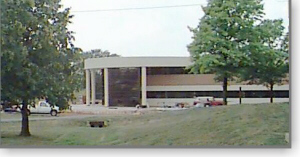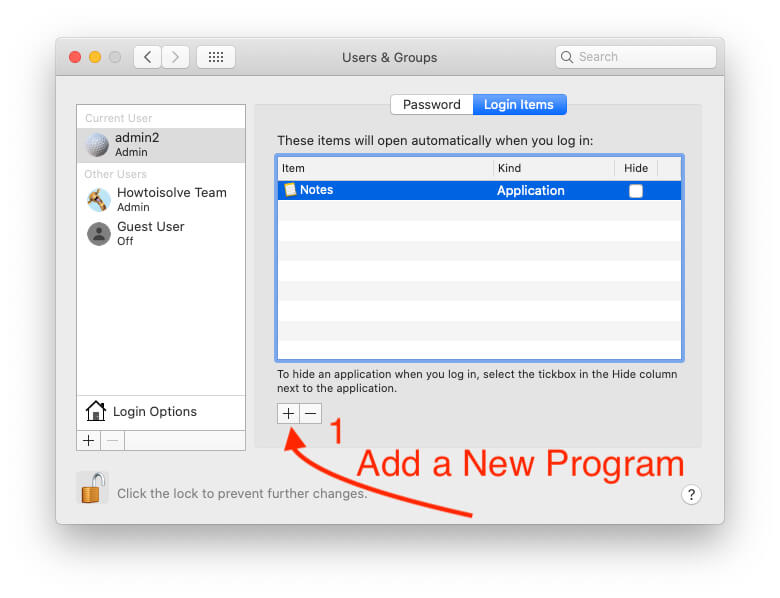

If you're using a keyboard made for a PC, such as a keyboard with a Windows logo, try a keyboard made for Mac. Or use your built-in keyboard or a wired keyboard. If you're using a wireless keyboard, plug it into your Mac, if possible.Some keyboards have a light that flashes briefly at startup, indicating that the keyboard is recognized and ready for use. You might need to wait a few seconds before pressing the keys, to give your Mac more time to recognize the keyboard as it starts up. Then press and hold the keys as your Mac starts up. Then press the power button to turn on your Mac. Press and hold all keys in the combination together, not one at a time.If a key combination doesn't work at startup, one of these solutions might help: Eject (⏏) or F12 or mouse button or trackpad button: Eject removable media, such as an optical disc. Disabled when using a firmware password.Command-V: Start up in verbose mode. Disabled when using a firmware password.T: Start up in target disk mode. Disabled when using a firmware password.Disabled in macOS Mojave or later, or when using a firmware password. Command-S: Start up in single-user mode.To use the default boot image on the server, press and hold Option-N instead. Disabled when using a firmware password. N: Start up from a NetBoot server, if your Mac supports network startup volumes.Or use Option-D to start up to this utility over the internet. Disabled when using a firmware password.
D: Start up to the Apple Diagnostics utility.If your Mac is using a firmware password, it ignores this key combination or starts up from macOS Recovery.

#SEE MAC STARTUP PROGRAMS PC#
It’s better to disable one app at a time, then restart and check whether it affects you PC or not. To disable an app from the list, right-click on the app and choose Disable.

These indicators shows the impact the programs make on your computer’s Disk drives and CPU. There are 4 types of impacts namely No impact, Low impact, Medium impact, and High impact.


 0 kommentar(er)
0 kommentar(er)
